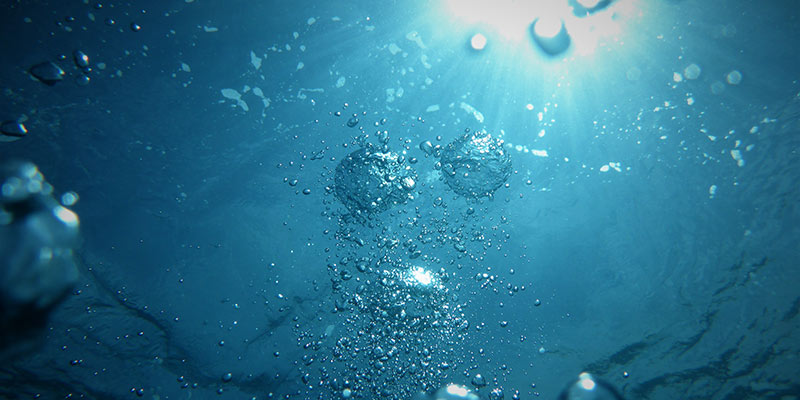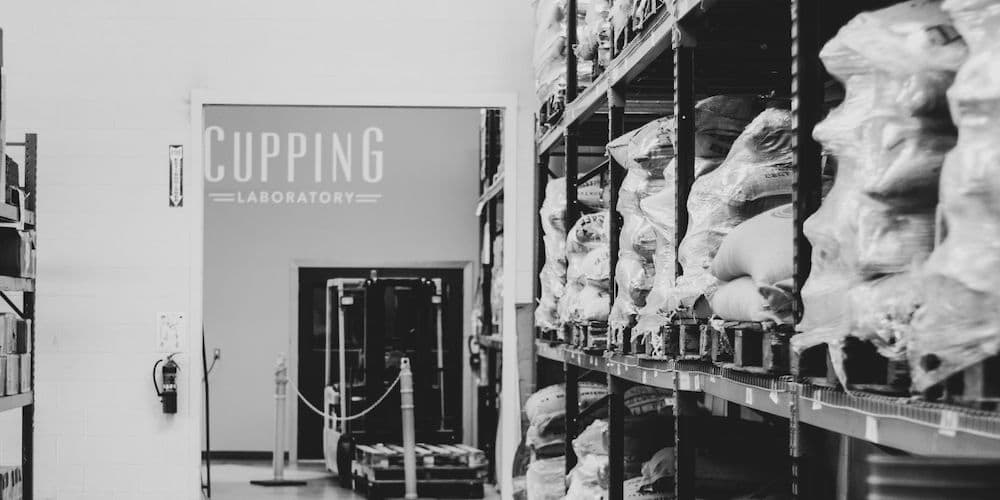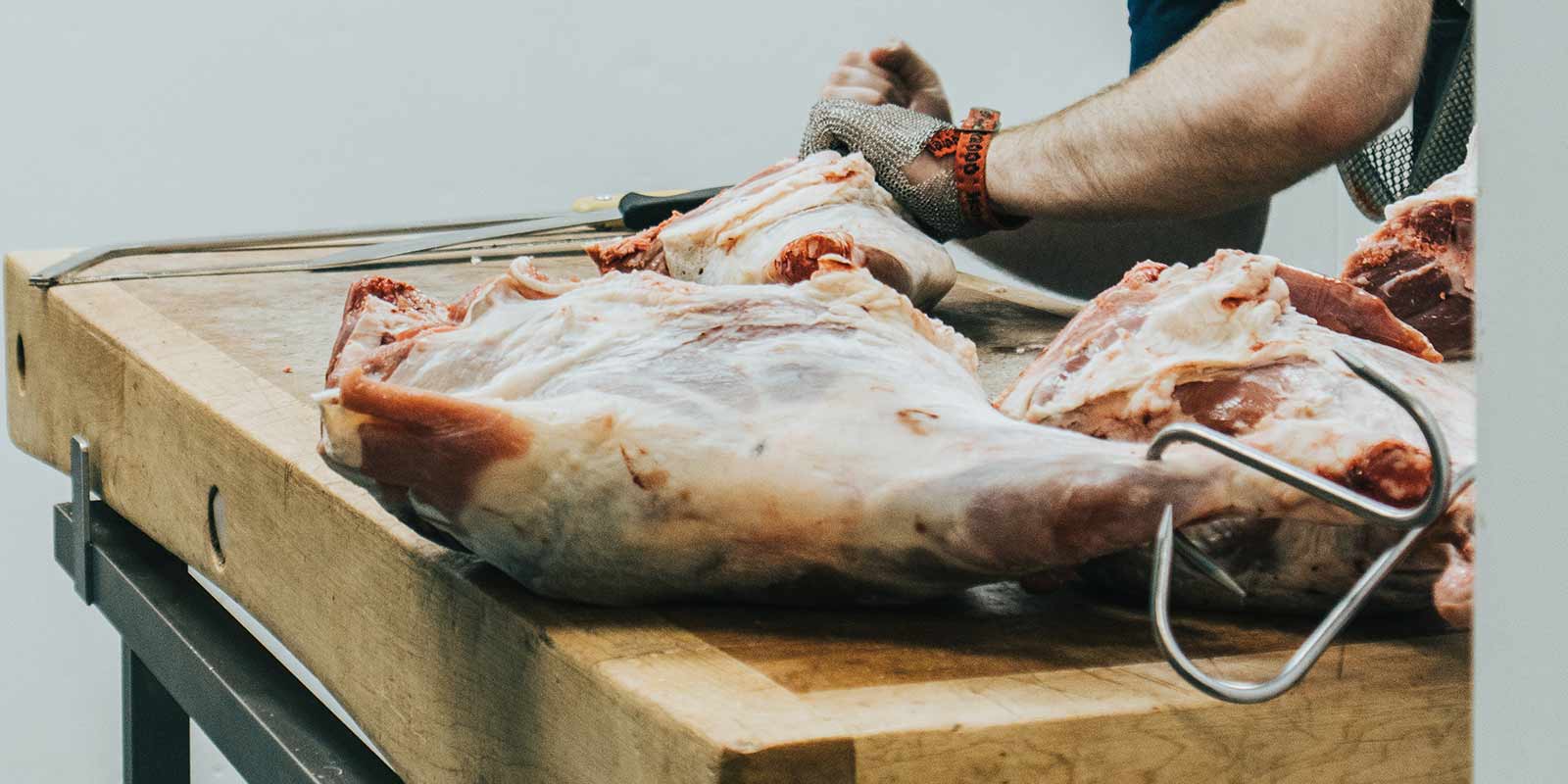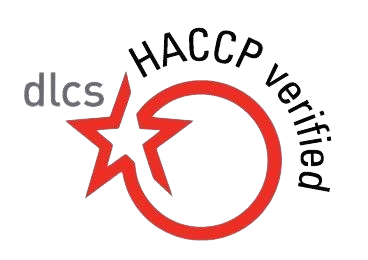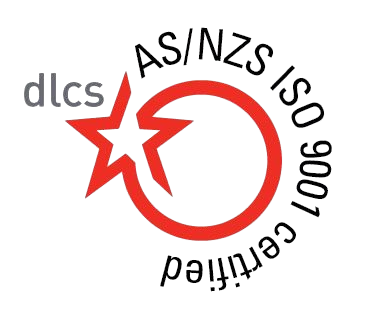Maintaining stringent hygiene standards in meat processing facilities is paramount to ensure food safety and prevent contamination. Implementing effective cleaning and sanitisation practices not only protects consumer health but also upholds the facility’s reputation and compliance with industry regulations.
Preparation Phase
- Pre-Wash: Begin by removing visible debris such as meat scraps, manure, and dirt using hot water. This initial step ensures that subsequent cleaning agents can work effectively.
- Sweeping: Thoroughly sweep the floors to eliminate dust and loose particles, providing a clean surface for the next stages of cleaning.
Cleaning Phase
- Foaming: Apply a food-grade foam cleaning agent to all surfaces, including walls, floors, and equipment. These specialized products are designed to target and break down grease, proteins, and other contaminants specific to meat processing environments.
- Scrubbing: Manually scrub all areas using appropriate tools to ensure the removal of all residues. Pay special attention to hard-to-reach spaces, drains, and sensitive areas to prevent any build-up that could harbor bacteria.
- Washing: Rinse away the foam and loosened debris with hot water. Inspect each surface with a flashlight to ensure thorough cleaning and to identify any areas that may require additional attention.
Sanitisation Phase
- Sanitising: Flood all cleaned surfaces with cool water before applying a high-quality sanitiser formulated for meat processing facilities. Ensure that the sanitiser is applied according to the manufacturer’s instructions, including proper dilution rates and contact times, to effectively reduce microbial loads.
- Inspection and Verification: After sanitisation, conduct visual inspections and, if necessary, microbiological testing to verify the effectiveness of the cleaning and sanitisation process. This may include swabbing surfaces and using ATP testing to confirm the absence of harmful microorganisms.
- Reassembly and Final Checks: Once all surfaces are dry, reassemble equipment and perform a final inspection to ensure everything is in proper working order and free from contaminants.
Additional Considerations
- Employee Training: Ensure that all personnel are adequately trained in cleaning and sanitisation procedures, including the proper use of cleaning agents, equipment, and personal protective equipment (PPE).
- Master Sanitation Schedule (MSS): Develop and maintain a comprehensive MSS that outlines cleaning frequencies, responsibilities, and procedures for all areas and equipment within the facility.
- Documentation and Record-Keeping: Maintain detailed records of cleaning and sanitisation activities, including dates, personnel involved, and any issues encountered. This documentation is essential for compliance audits and traceability.
- Continuous Improvement: Regularly review and update cleaning and sanitisation protocols to incorporate new technologies, address emerging risks, and improve overall effectiveness.


